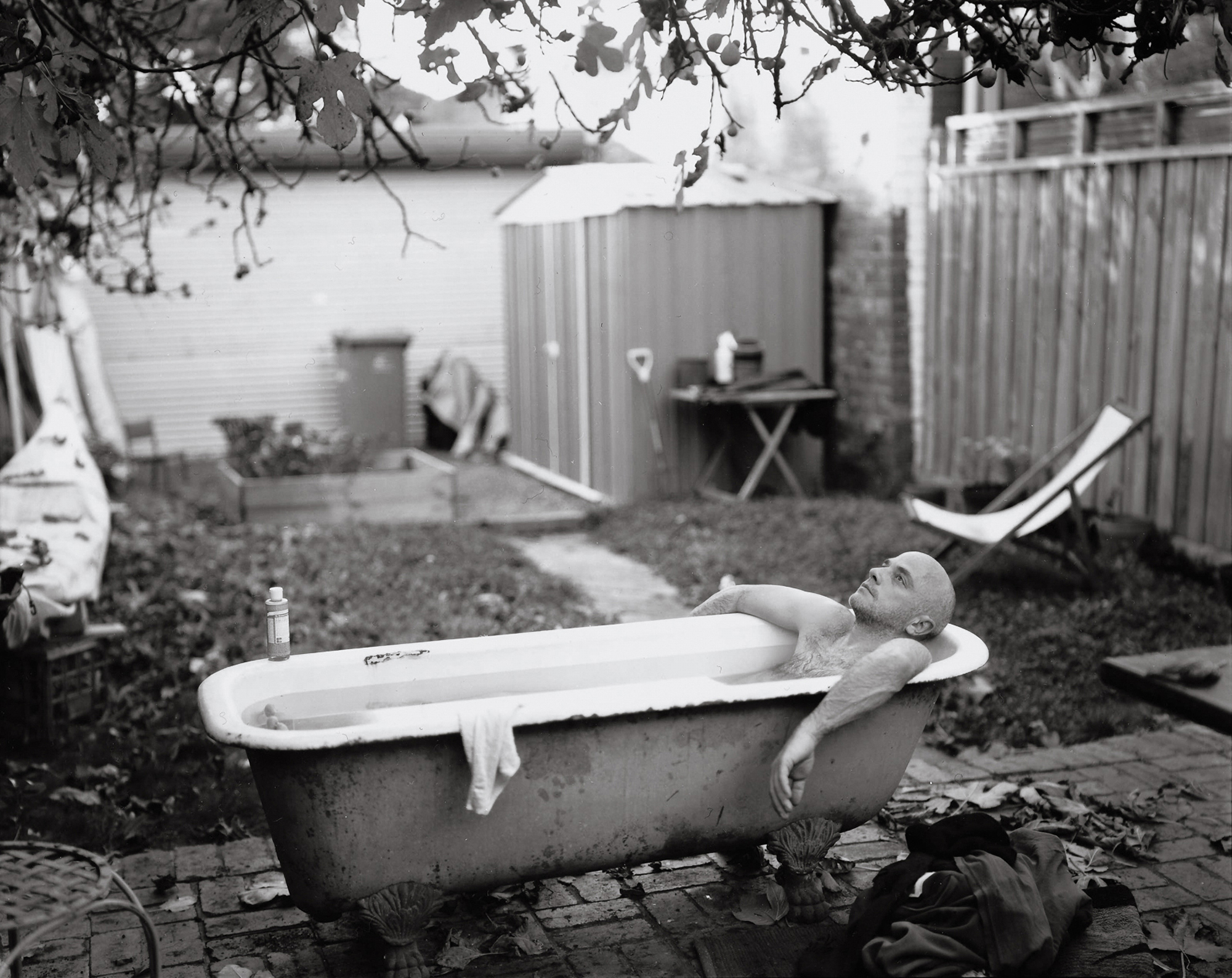
Folio: Daisy Noyes
Back Garden
This series was all shot with an 8 x 10 view camera over almost a decade in the back gardens of three families living near Melbourne, Australia. The back gardens here in this dry, golden, sun-drenched country contrast so strongly with the lush green or frozen snowy backyards of rural New York where I grew up. The vernacular, the textures, the light, are all so different here: dry earth, dust, sun through palm-leaves, coriander growing feral, the smell of over-ripe figs, the way the back garden is often another outdoor room here, an extension of the house, mysteriously growing into the family and reflecting the people who live in it.
The images in this series highlight the dual sense of displacement mixed with tentative belonging that I often feel in my adopted home, where my own kids are growing up with these particular details as their most familiar environment, taken right into their deepest inner experience of what home feels like. These images are an attempt to explore notions of home, familiarity and foreign-ness, and the imperfect intimacy of a family’s private space. They are portraits of the families as well as the gardens, the way this ecology looks and feels in daily life. What does it mean to live on land that isn’t really mine? Can you ever not be home? How much of biography is geography? How does photography inflect our sense of self, home and family identity, freezing this one out of a million fleeting moments as it does? How does the ritual of large format photography mark a moment or place as worthy of repeated remembering and meaning-making?
I wish to acknowledge the traditional custodians of the land on which these images were made – the Wurundjeri and Dja Dja Wurrung peoples of the Kulin nation. I pay my respect to elders past and present. I recognise that sovereignty was never ceded and the impacts of colonisation continue to this day.
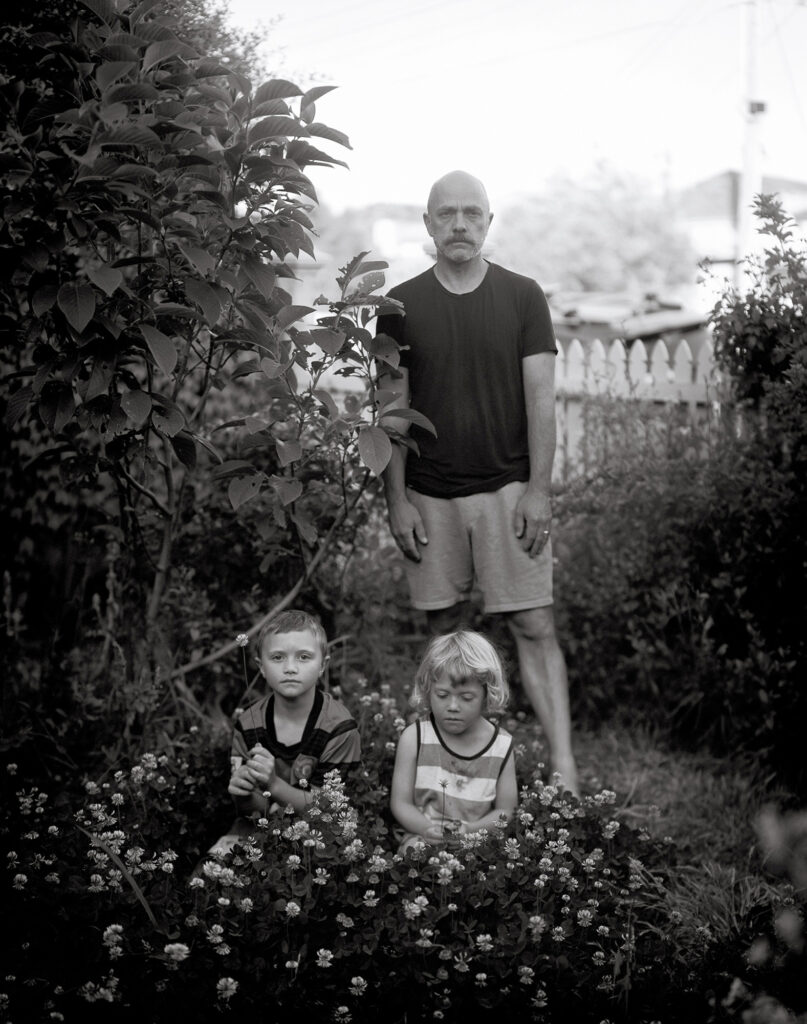
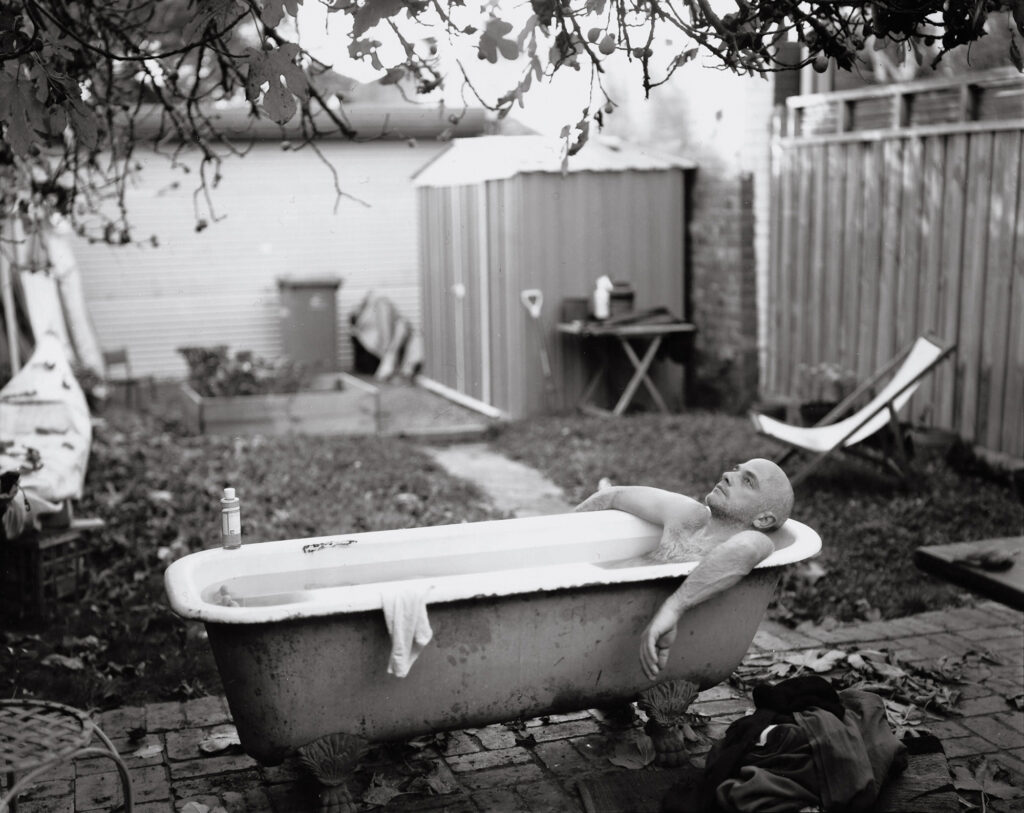
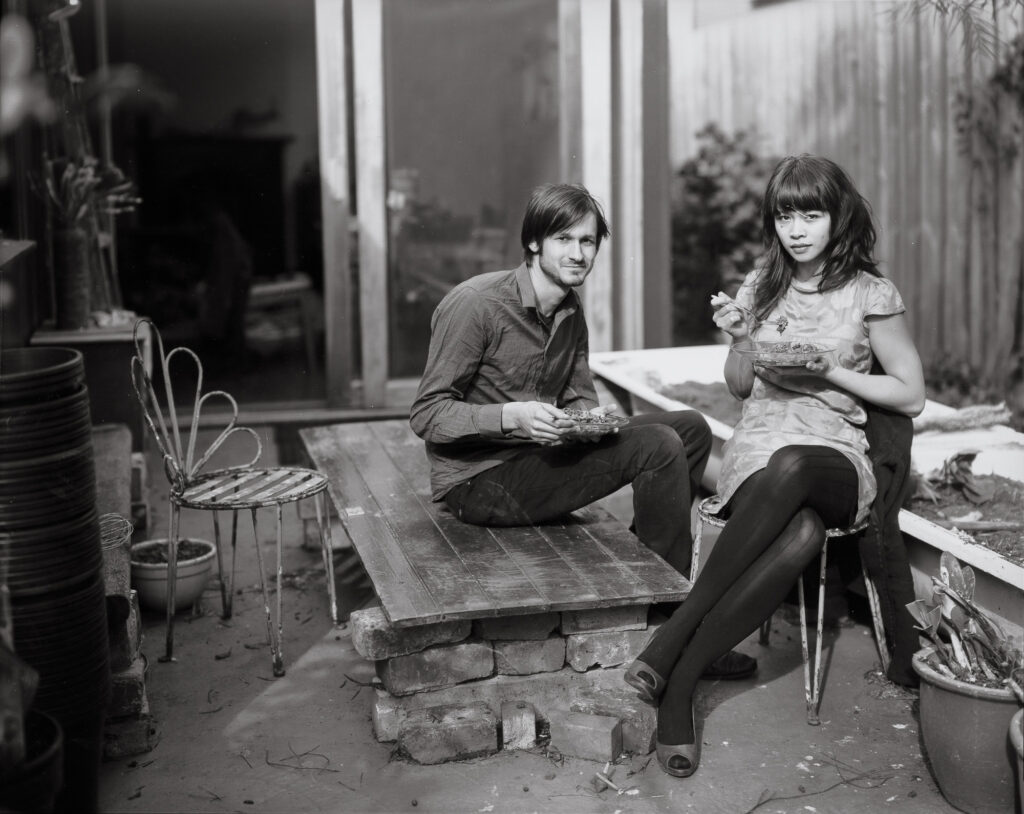
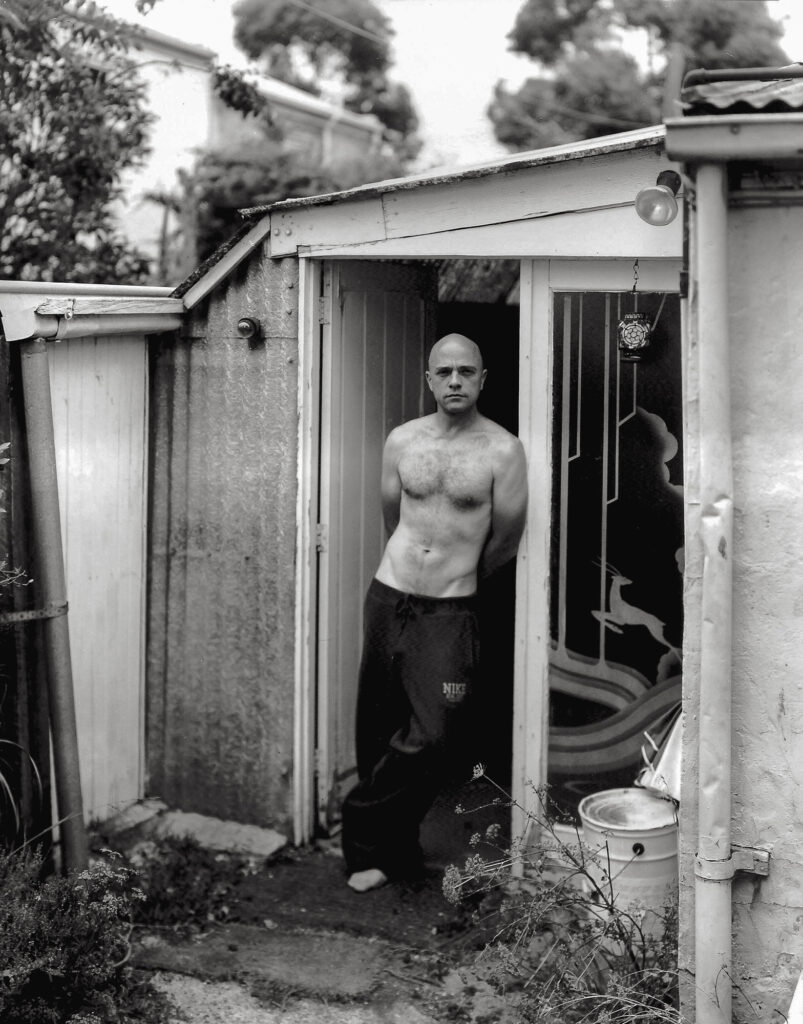
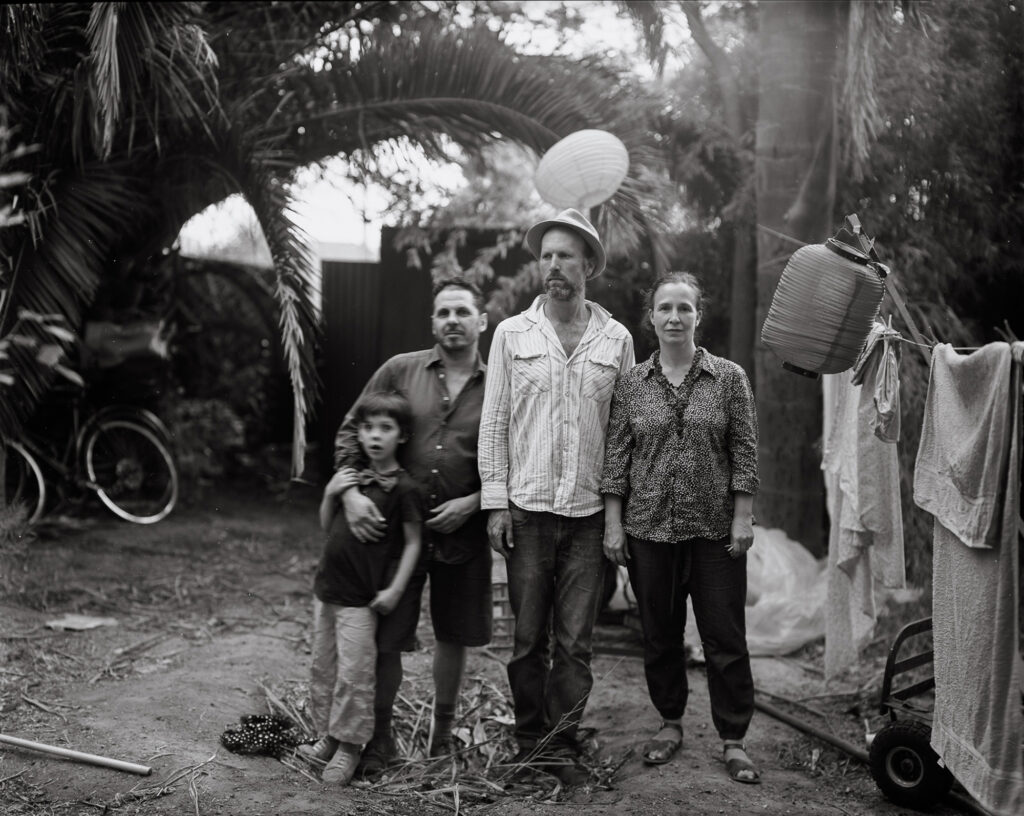
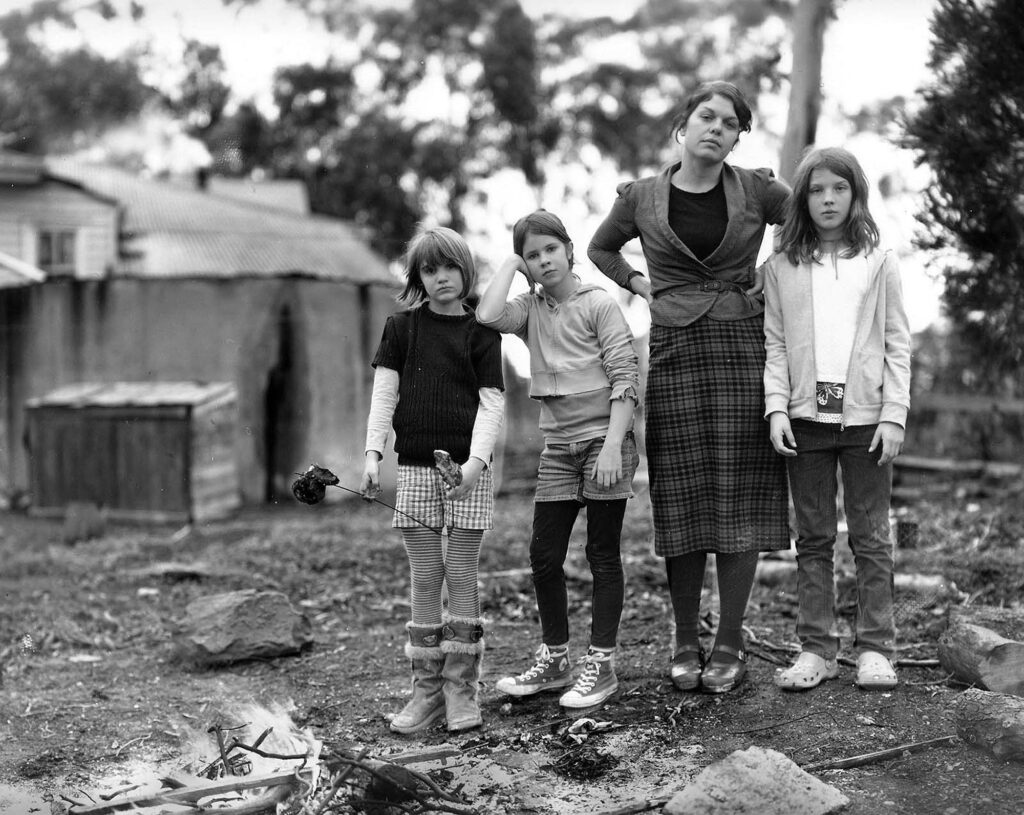
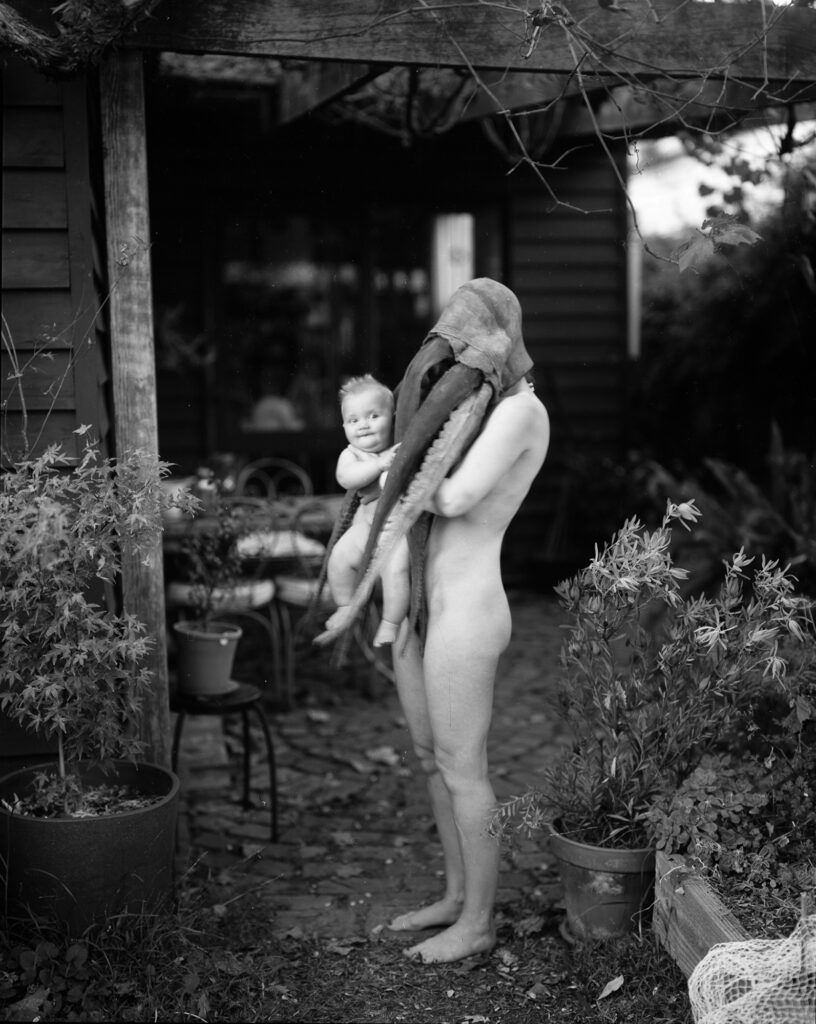
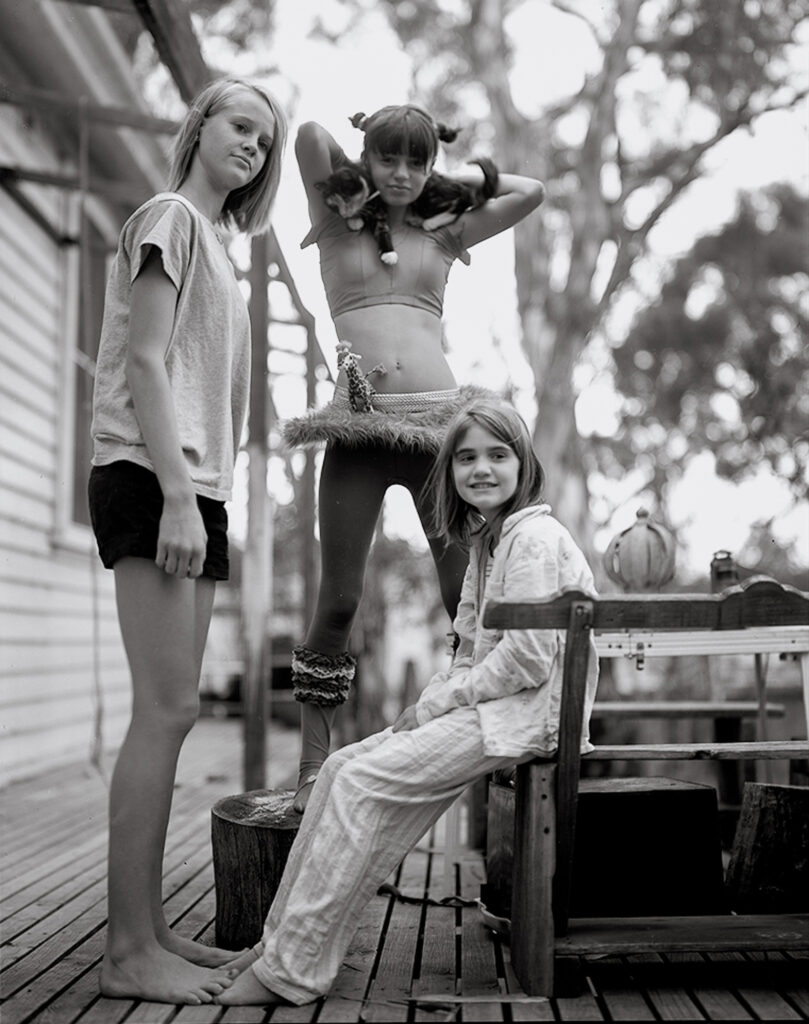
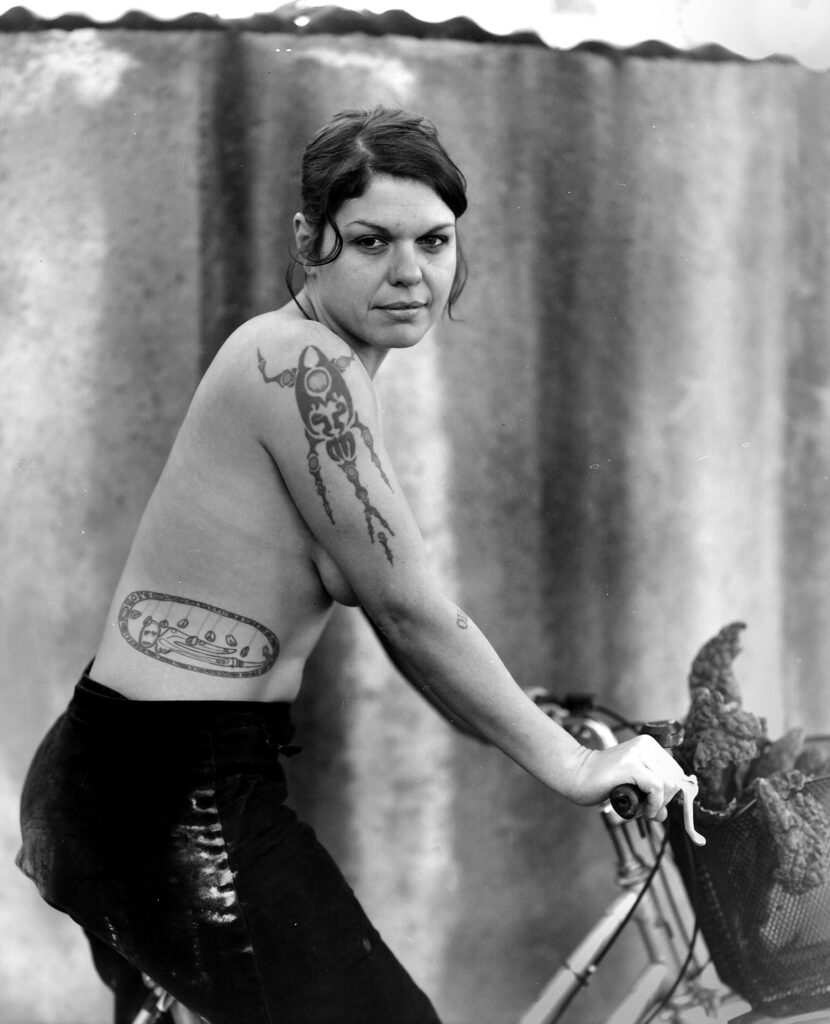
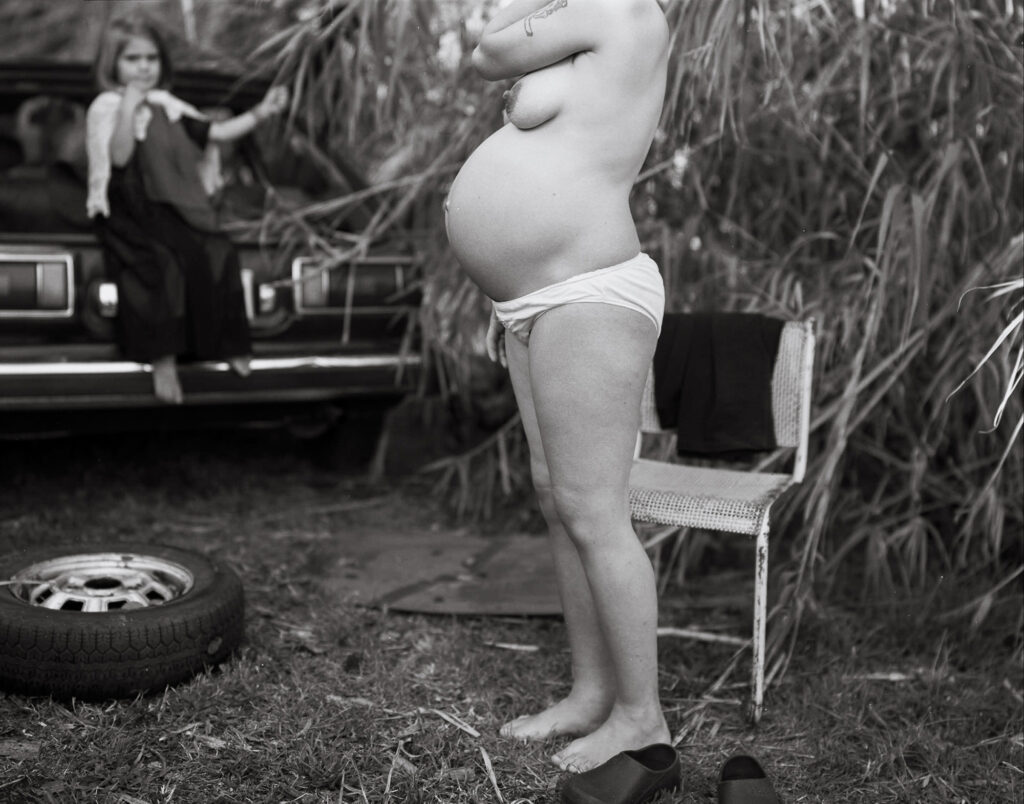
Daisy Noyes (born 1980, New York) is an award-winning photographer based in Melbourne, Australia. She studied photography at Sarah Lawrence College in New York as well as Performance at The University of New South Wales in Sydney. Her photographic practice makes use of large format film cameras to capture people in their environments, as well as digital methods to create works existing in the liminal space between photography and performance, where images act as visual records of fleeting performances and narrative fragments. Themes of motherhood, female identity, the body, the family, seasonality, and the fraught connection between humans and the natural world are the subjects of her work.
Daisy’s photographs have been exhibited in Melbourne, in New Zealand, at the Ballarat International Foto Biennale, at FORMAT Festival in the United Kingdom, and the International Center for Photography in New York. Recent published work includes GALAH press, JANE by The Grey Attic, Photo Collective Magazine, Spectrum, The Age and The Sydney Morning Herald.
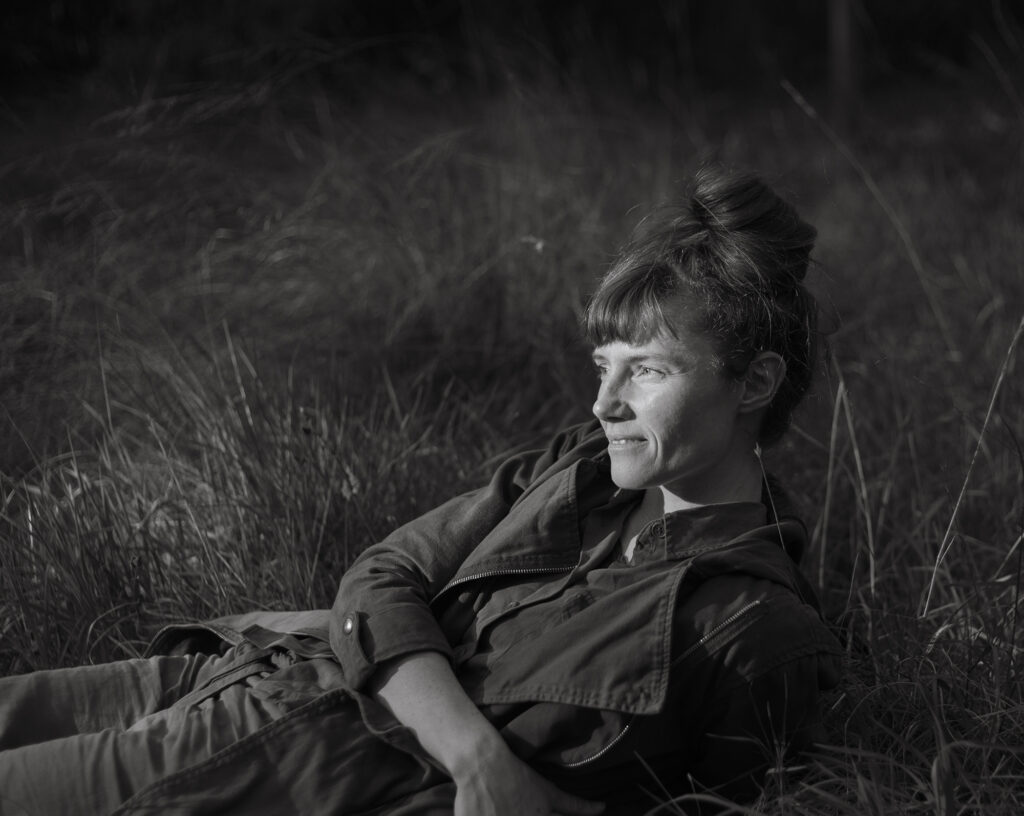
More of Daisy’s work can been seen on her website and Instagram.
She describes the making of Squid Mother in The Photograph Considered.
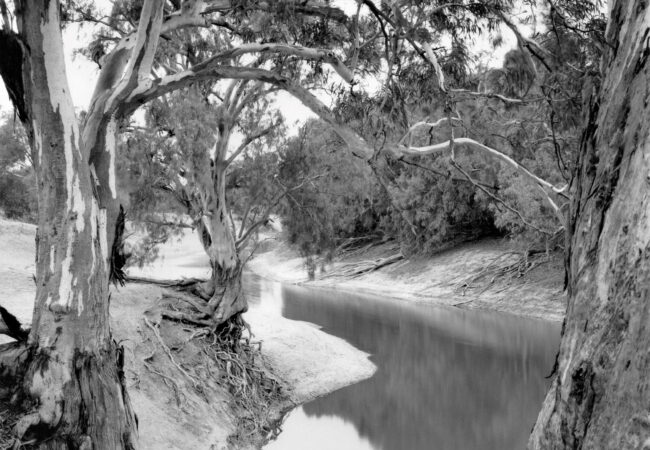
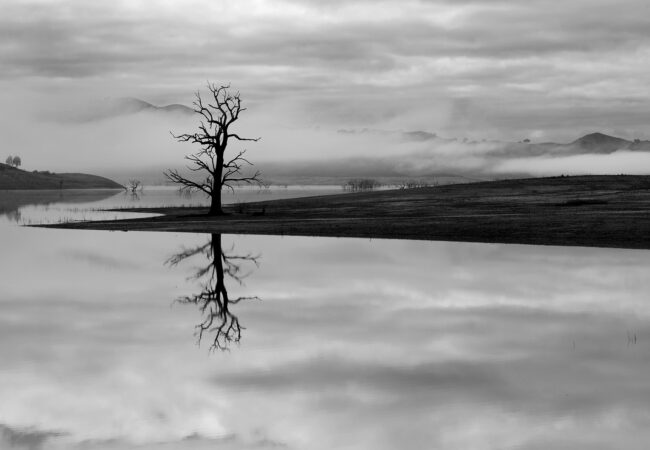
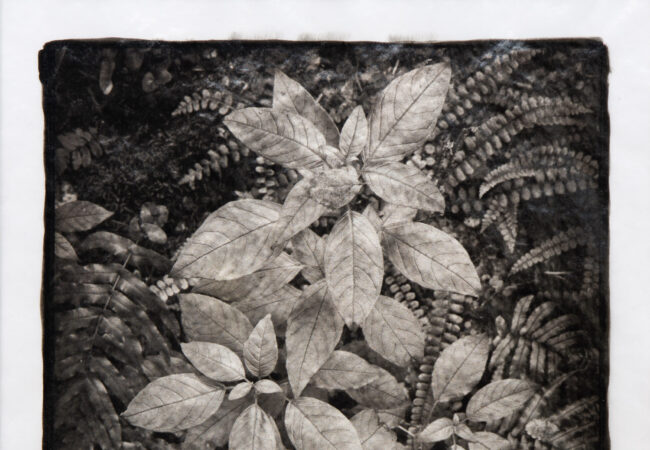
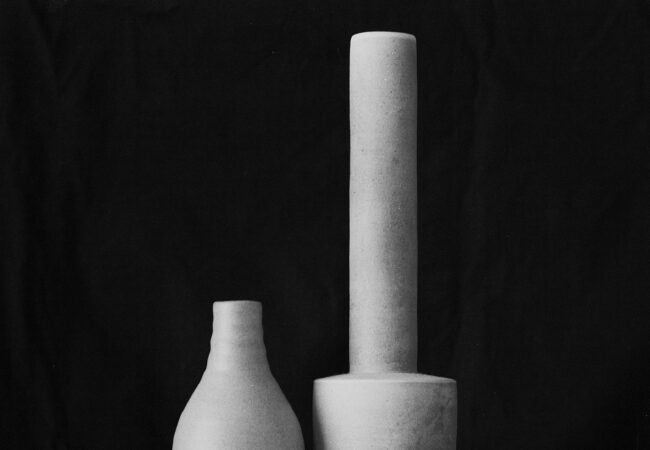
Daisy, great set of photographs. Thank you for being part of the new Folio series.
Thank you for creating this space to share a whole body of work, and for the opportunity to be a part of it!
Great work!
Continue lineage of Rineke Dijkstra portraits.
Oh, thank you Victoria! That is a lovely compliment, I adore Dijkstra’s work, especially those portraits of new mothers.
Beautiful images. They have a real gentleness and a sense of love and respect for the subjects. Stunning!
Many thanks Anjella, such kind words. Means a lot.
Such stunning work Daisy. Backyards have been so important to Australians and though they are seen as precious places by the people who live in them, they are often overlooked by those in the visual arts. So it is great to not only see portraits of the people who love their backyards, but portraits that show how people use their backyard, as well as the nature of the gardens in the backyard. It shows that people see their backyards as a place to live and play in—these spaces are seen as extensions of the house.
What comes through the photos is what Anjella mentioned: –the love and respect for the people by the large format photographer and the trust the people showed in the photographer. It really is wonderfully important work.